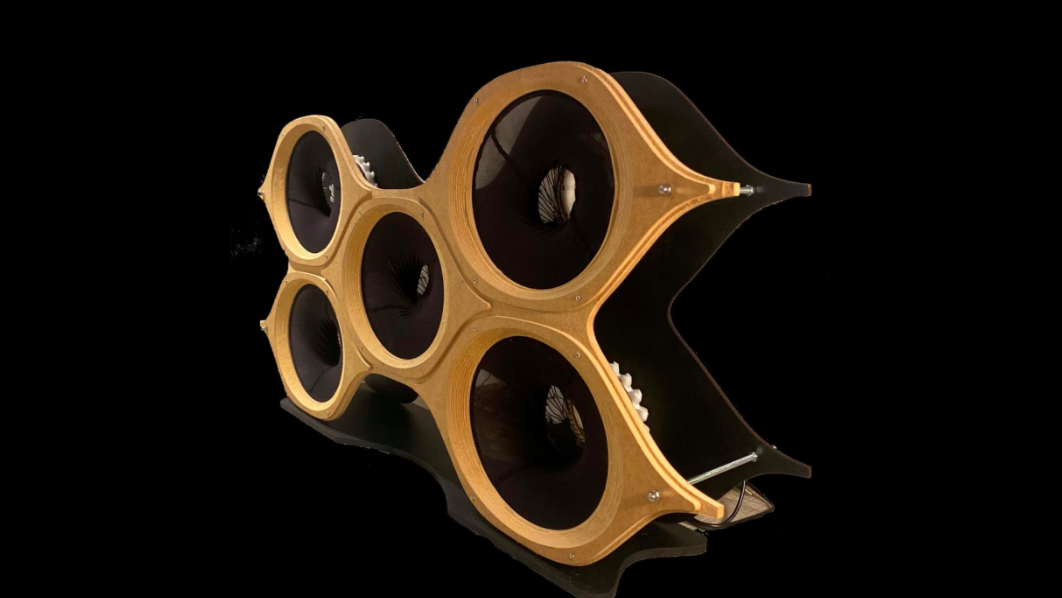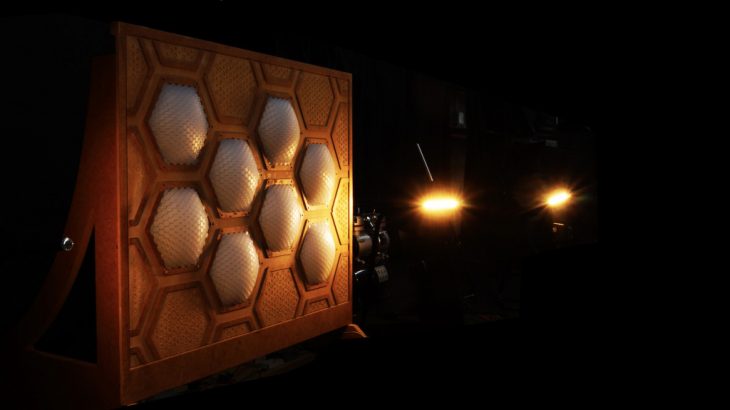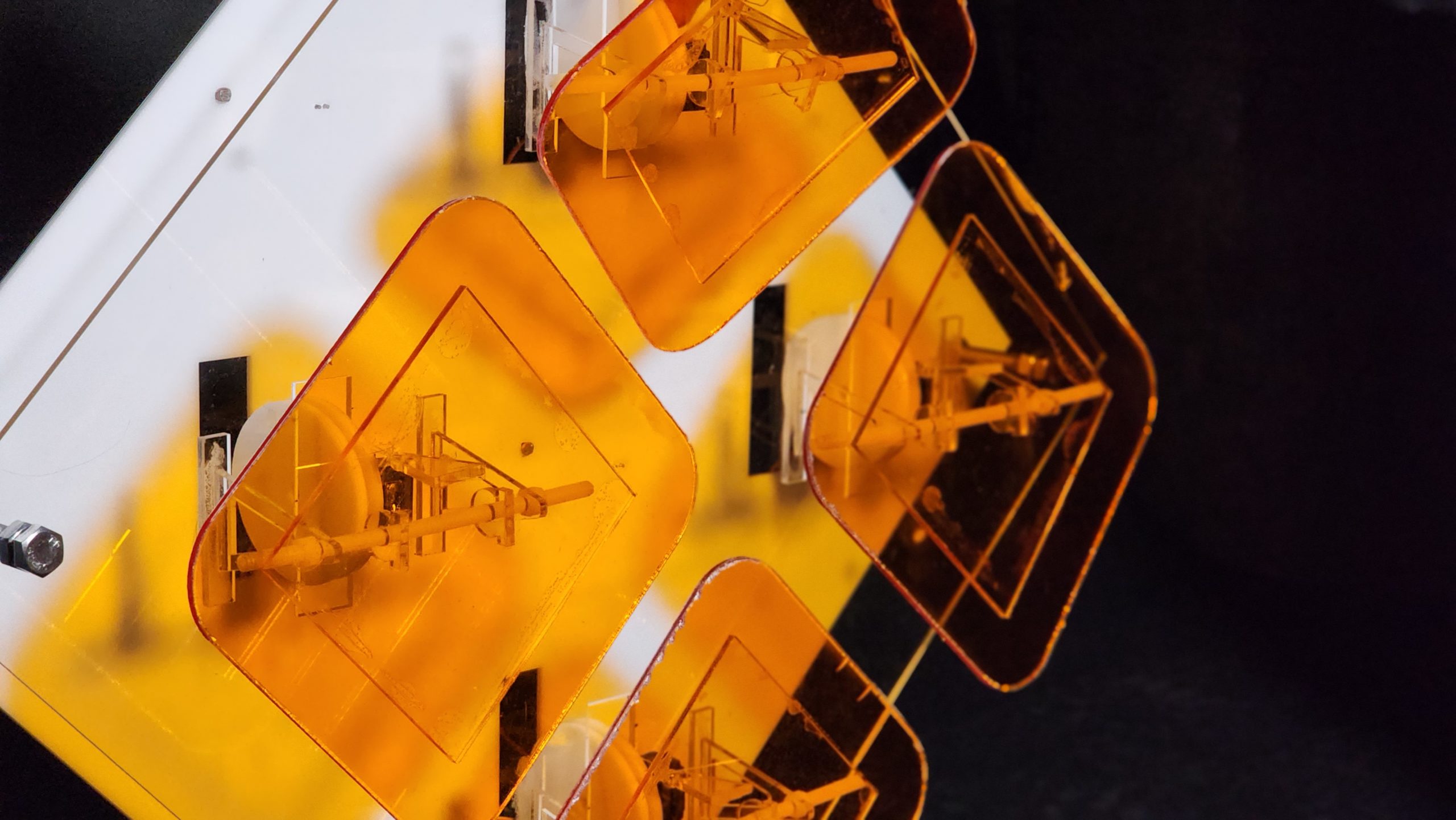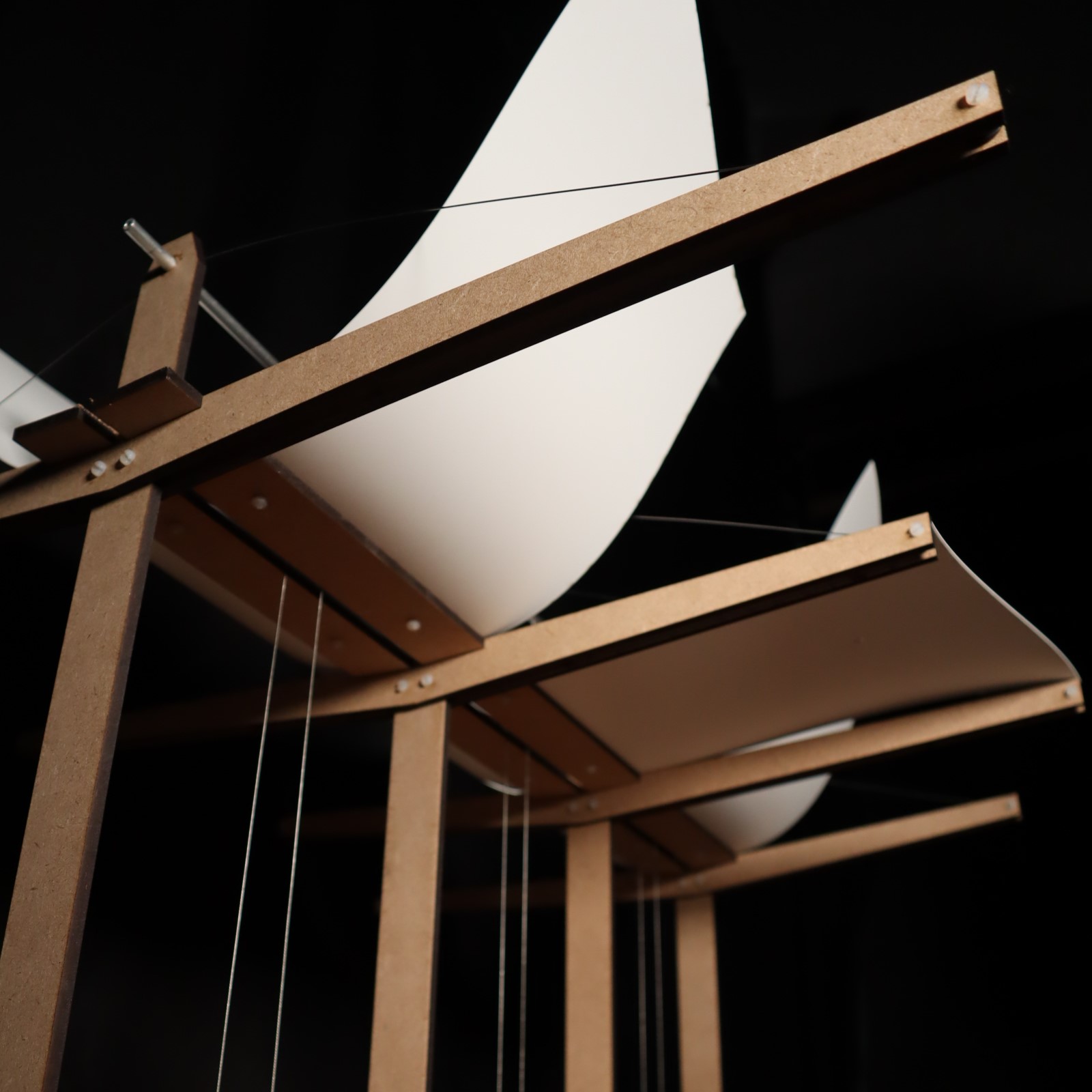
Credits: Third-Eye, Interactive Environments Seminar, MAA01 2021/22
“Look deep into nature, and then you will understand everything better.” Albert Einstein
Nature is the biggest network of information, where all actors are exchanging small pieces of data constantly. Never stops. Gaining a deeper understanding on how natural systems work can provoke an innovative line of thinking and designing. It becomes particularly interesting how natural processes are inspiring to technology within a physical computing framework.
How would we design systems that are purely integrated with nature? Natural phenomena such as light, wind and water can be used as direct design drivers. The building envelope is an interesting element to investigate as it is in direct contact to the surrounding area and is exposed, at times, to severe environmental conditions. How can we take advantage of the architectural living spaces to harvest energy and utilise its location within the building system. As designers and architects, we spend our lives examining and creating our built environment and as people we interact with it on daily bases. The possibilities to reimagine and recreate architecture as a dynamic and functional element are endless and many researchers have made attempts to contribute to the design field with projects on the topic. The Interactive Environments Seminar focuses on researching how the data travels in nature and exploring the motion produced by natural elements and through designing with them to create interactive living architecture where nature is the lead actor.

Credits: Adaptive facade systems, Interactive Environments Seminar, MAA01 2020/21
Learning Objectives
At course completion the student will:
- will broaden and deepen the concepts of programming and physical computing;
- be able to sense nature and act back through actuators;
- to develop architectural elements that interact with nature.












